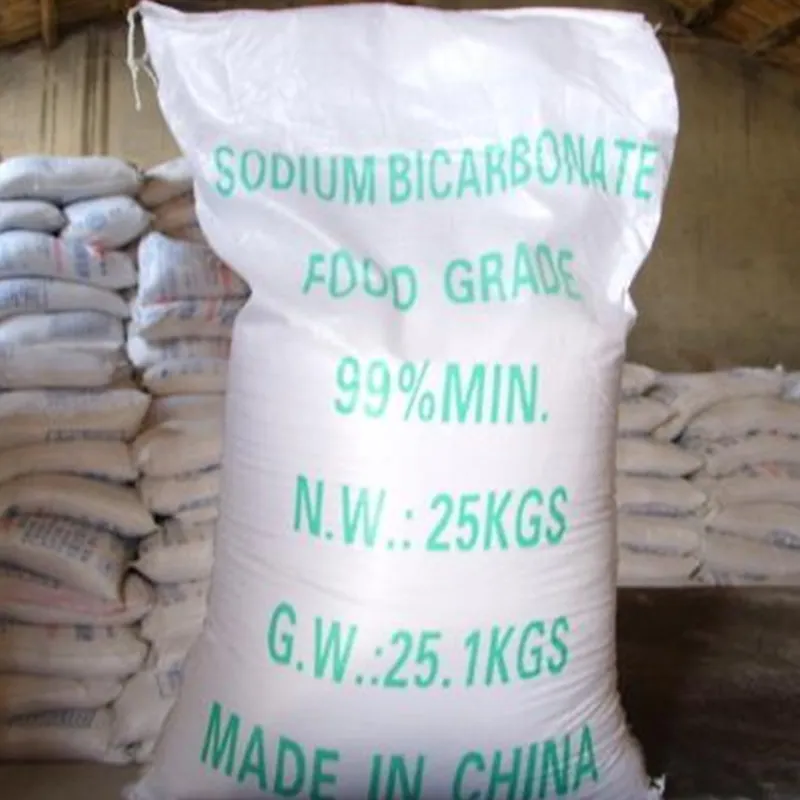
types of fertilizers
Types of Fertilizers An Overview
Fertilizers play a crucial role in modern agriculture, providing essential nutrients to crops and helping to enhance soil fertility. They are typically classified into two main categories organic and inorganic (or synthetic) fertilizers. Each category has its own characteristics, benefits, and drawbacks, making it important for farmers and gardeners to understand their options.
Organic Fertilizers
Organic fertilizers are derived from natural sources such as plant and animal matter. Common types include compost, manure, bone meal, and fish emulsion. These fertilizers release nutrients slowly, enhancing soil structure and promoting microbial activity.
1. Compost Compost is rich in essential nutrients and improves soil health. It not only provides a steady supply of nitrogen, phosphorus, and potassium but also increases the organic matter in the soil, thereby enhancing its ability to retain moisture. Compost can be made at home from kitchen scraps and yard waste.
2. Manure Livestock manure is another popular organic fertilizer. It contains a balanced mix of nutrients and, when aged or composted, minimizes the risk of pathogens. Cow, horse, and chicken manure are commonly used, each offering different nutrient profiles.
3. Bone Meal This is a phosphorus-rich fertilizer made from ground animal bones. It promotes root development and flowering, making it especially useful for root crops and flowering plants.
4. Fish Emulsion Made from fish waste, fish emulsion is a rich source of nitrogen and trace minerals. It is often used for its quick-acting properties and is suitable for both indoor and outdoor plants.
types of fertilizers

Inorganic Fertilizers
Inorganic fertilizers, also known as synthetic fertilizers, are chemically manufactured and usually deliver nutrients in a more concentrated form. They are often categorized as either straight fertilizers or compound fertilizers.
1. Straight Fertilizers These provide a single nutrient source and are available in various forms, such as granules and liquids. For example, urea is a high-nitrogen straight fertilizer, while potassium chloride supplies potassium essential for many plant functions.
2. Compound Fertilizers These contain two or more essential nutrients in a single product, indicated by the N-P-K ratio on the packaging, which represents nitrogen (N), phosphorus (P), and potassium (K). For instance, a fertilizer with an N-P-K ratio of 10-20-10 contains 10% nitrogen, 20% phosphorus, and 10% potassium.
Choosing the Right Fertilizer
The choice between organic and inorganic fertilizers depends on various factors, including crop type, soil health, and environmental considerations. Organic fertilizers are often preferred for sustainable gardening as they improve soil health over time and reduce chemical runoff. Conversely, inorganic fertilizers offer immediate nutrient availability, making them suitable for quick correction of nutrient deficiencies.
Conclusion
Both organic and inorganic fertilizers serve essential roles in agriculture and gardening. Understanding the differences, benefits, and proper applications of each type can significantly impact plant growth and productivity. As concerns about environmental sustainability continue to rise, more gardeners and farmers are exploring the use of organic fertilizers, striving to balance between productivity and ecological responsibility. Therefore, selecting the right fertilizer based on specific needs can lead to healthier plants and more fruitful harvests.
-
nitrile-rubber-honoring-strict-production-standardsNewsAug.22,2025
-
aspartame-ingredients-honoring-food-safety-valuesNewsAug.22,2025
-
fertilizer-for-balanced-plant-nutritionNewsAug.22,2025
-
cyanide-gold-processing-with-high-purity-additivesNewsAug.22,2025
-
formic-acid-in-textile-dyeing-applicationsNewsAug.22,2025
-
aluminum-hydroxide-gel-in-skincare-productsNewsAug.22,2025
-
Regulatory Compliance for Global Mining Chemicals UseNewsAug.12,2025
Hebei Tenger Chemical Technology Co., Ltd. focuses on the chemical industry and is committed to the export service of chemical raw materials.
-

view more DiethanolisopropanolamineIn the ever-growing field of chemical solutions, diethanolisopropanolamine (DEIPA) stands out as a versatile and important compound. Due to its unique chemical structure and properties, DEIPA is of interest to various industries including construction, personal care, and agriculture. -

view more TriisopropanolamineTriisopropanolamine (TIPA) alkanol amine substance, is a kind of alcohol amine compound with amino and alcohol hydroxyl, and because of its molecules contains both amino and hydroxyl. -

view more Tetramethyl Thiuram DisulfideTetramethyl thiuram disulfide, also known as TMTD, is a white to light-yellow powder with a distinct sulfur-like odor. It is soluble in organic solvents such as benzene, acetone, and ethyl acetate, making it highly versatile for use in different formulations. TMTD is known for its excellent vulcanization acceleration properties, which makes it a key ingredient in the production of rubber products. Additionally, it acts as an effective fungicide and bactericide, making it valuable in agricultural applications. Its high purity and stability ensure consistent performance, making it a preferred choice for manufacturers across various industries.





